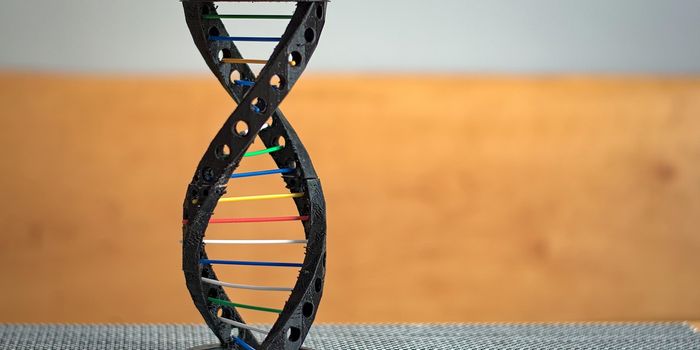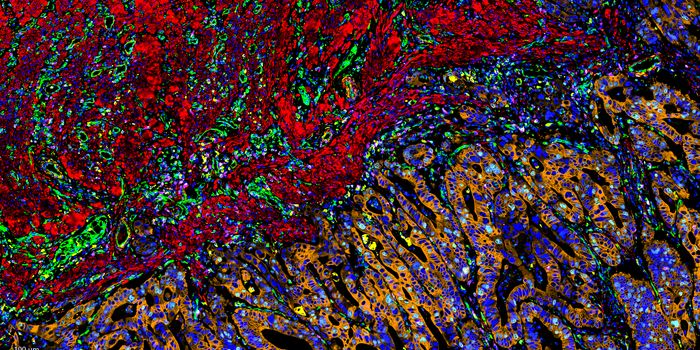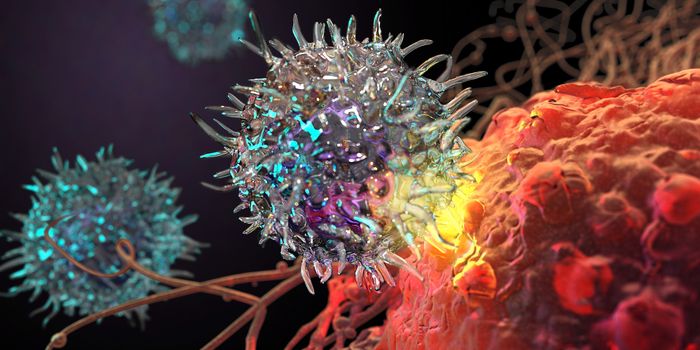What can modifiying cultured cells to act more like normal cells teach us about cancer?
A team from the University of Louisville has developed a technique to make cell cultures act more like normal cells. This technique has significant implications for the field of biomedical research and drug development. The findings are published in the journal American Journal of Physiology-Cell Physiology.
Doctoral student Robert Skolik and Associate Professor Michael Menze, Ph.D., in the Department of Biology worked on the project with liver cells. "You like to use liver cells because this is the organ that would detoxify whatever drug for whatever treatment you are testing," explains Menze. "When new drugs are being developed for diabetes or another disease, one of the concerns is whether they are toxic to the liver."
In order to make the cultured cells behave more closely to natural liver cells, the team used a distinct component in the culture media, switching out standard serum with glucose for a serum from which the glucose had been removed using dialysis, with a supplement of a sugar called galactose. Because galactose is metabolized more slowly than glucose, the cultured cells end up behaving more similarly to natural liver cells. Additionally, the team also left the cells in the culture for more time.
"In the past, people would do a 12-hour adaptation to this new media. But what we showed is if you culture them for 4 to 5 weeks, you have a much more robust shift," Skolik said. "When it comes to gene expression, you get much more bang for the buck when you adapt them for a longer period."
These findings will help save time and money in toxicity screening for new drugs. "You would reserve this process for key experiments or toxicity screening," Menze said. "However, if you go into a Phase 1 clinical trial and find toxicity there, it is way more expensive than using this method."
Skolik adds that their technique could also have implications for future ways of addressing cancer cells. "It started just as a way to sensitize cells to mitochondrial activity, the cellular powerhouse, but then we realized we had a way to investigate how we are shifting cancer metabolism. In short, we have found a way to reprogram cancer cells to look -- and act -- more like a normal cell."
Sources: American Journal of Physiology-Cell Physiology, Science Daily








